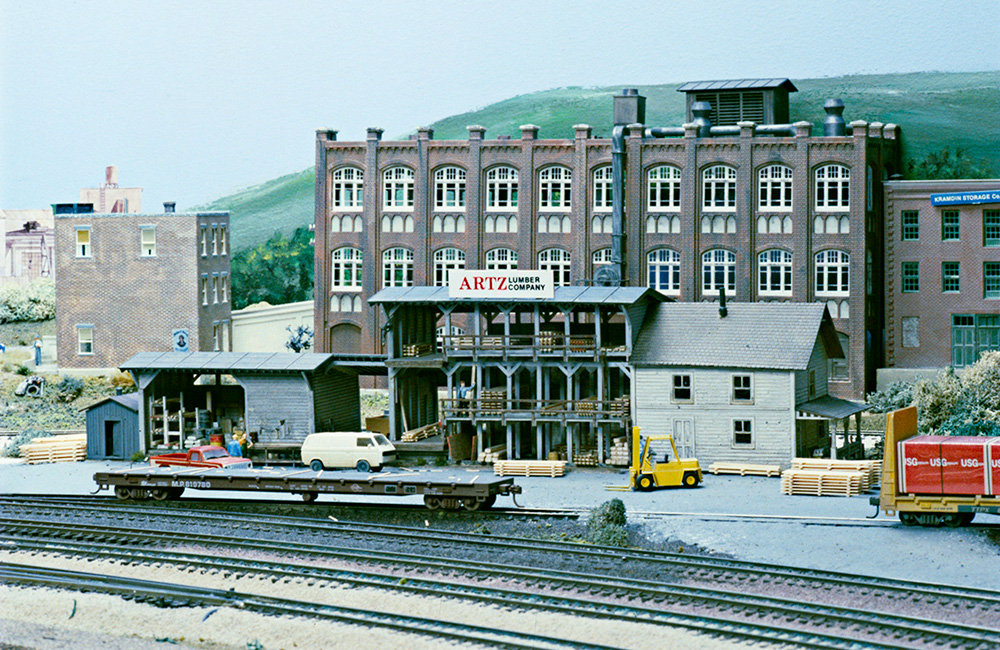
The Model Railroader Hall of Fame, which we introduced in our 90th anniversary issue, is intended to honor those who have made a substantial and lasting impact on our hobby. We introduced three more nominees in February’s issue. The Model Railroader Hall of Fame March nominees include three model railroaders who will be well known to longtime readers of this magazine. Innovators, influencers, and craftsmen all, these three have each elevated some aspect of our hobby to an art form.
Art Curren was the godfather of kitbashing. Though there were countless others that also came up with the idea, Art took the technique to a new level. His unique creations, detailed in numerous magazine articles and two books, showed modelers they didn’t have to be constrained by the instructions that came with the kit. When Art opened a new kit, he built the structure he wanted, not the one on the box.
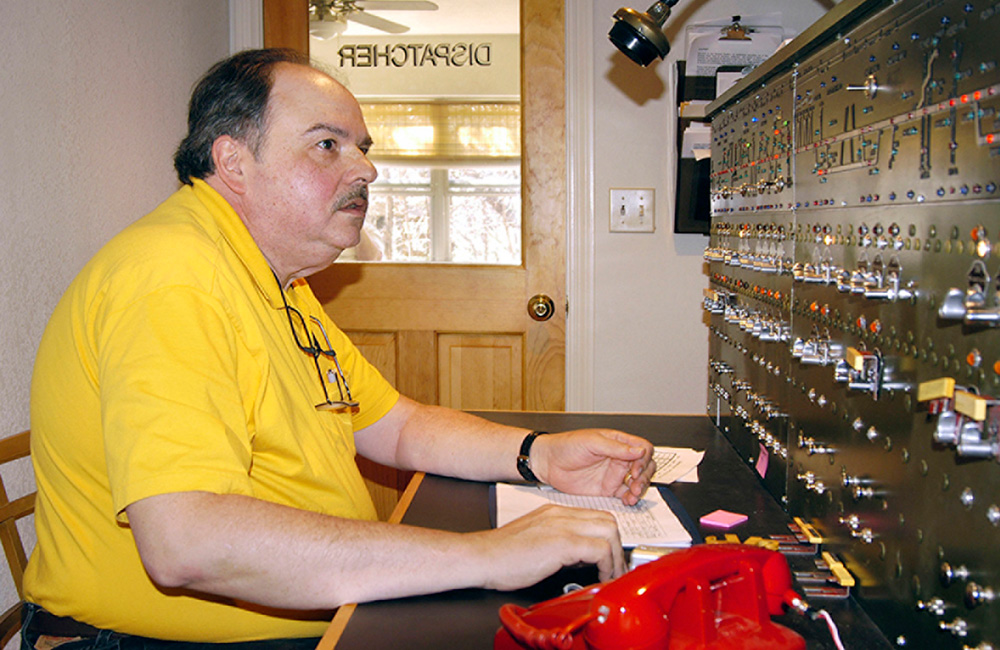
While Art Curren turned structure kits into sculpture, former Model Railroader Editor-in-Chief and Executive Editor Andy Sperandeo approached model railroading as a performing art. To Andy, the ultimate goal of a model railroad is to operate like a real one would. Andy traveled to operate on layouts all over the country and shared his extensive knowledge in his monthly “The Operators” column. While at the helm of MR, he also launched our two annual special issues, Great Model Railroads and Model Railroad Planning.
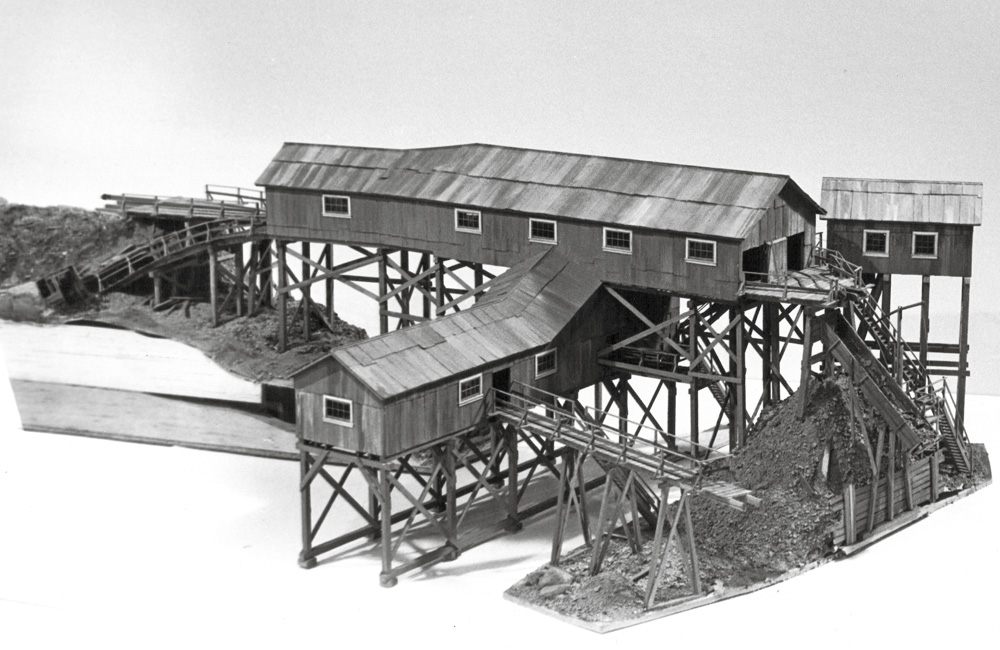
Jack Work was a renaissance man of model railroading. Starting in the mid-1950s, Jack wrote a torrent of articles for MR on every aspect of model railroading from structure building and rolling stock to track-laying and scenery. There were many years that MR published more issues with Jack’s byline than without it.
In all aspects of the hobby, all three of the Model Railroader Hall of Fame March nominees embody the slogan of the magazine they contributed so much to: Model railroading is fun!
Art Curren
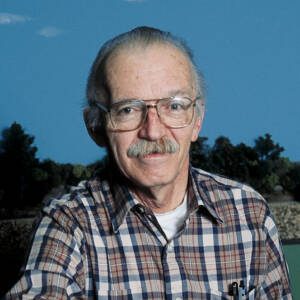
Art Curren didn’t just work in Model Railroader’s advertising department for 23 years. He was also an innovator in the technique of kitbashing, which involves treating a model kit as a box of raw materials instead of pieces intended to fit together only one particular way.
Art freely cut apart, repositioned, repurposed, and combined walls, roofs, and fixtures from unrelated kits — sometimes from different manufacturers — to create buildings never seen before. He made many unique structures for MR’s house layout, the Milwaukee, Racine & Troy (both versions), as well as for project layouts and photo dioramas. He detailed his builds in dozens of articles for MR and other hobby publications, many of which were collected in two books published by Kalmbach, Kitbashing HO Model Railroad Structures and Realistic Plastic Structures for Toy Train Layouts (both now out of print).
In a tribute published in MR’s January 2001 issue, then-Senior Editor Jim Hediger remembered Art as a soft-spoken man with a wry sense of humor. That personality often came out in the pun names he gave his industries, such as Frenda Mine, Hardly Abel Mfg., and Perry Shibbel Fruit & Produce.
Art died on Oct. 15, 2000, from leukemia. He was 65.
Andy Sperandeo
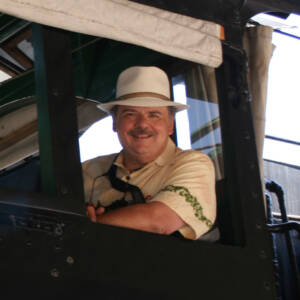
The consummate model railroad operator, Andy Sperandeo traveled the country visiting and operating dozens — if not hundreds — of layouts in his 32 years at Model Railroader, and even after his semi-retirement in 2011. (He continued to edit the annual special issue he founded, Great Model Railroads, as well as writing his monthly column “The Operators,” until his death.) He served as editor-in-chief and executive editor of the magazine, during which time he planned and guided the construction of both versions of the MR&T.
Andy was known to all in the hobby as a stickler for realism. Not only did he insist on prototypical accuracy in his locomotive and rolling stock models, he also followed the prototype in the design and operation of his 38 x 44-foot home layout, based on the Atchison, Topeka & Santa Fe’s Cajon Pass in 1947.
Andy enjoyed every aspect of operation, from running way freights and yard switching to dispatching and even paperwork. He brought this passion to the magazine in his column “The Operators,” starting in January 2007. The monthly column explored the intricacies of prototype train operations and how they could be incorporated on readers’ home layouts.
Andy died in October 2015 at age 70. He is survived by his wife, Arlene.
Jack Work
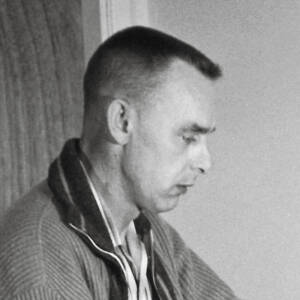
Within a few years of his first published article in 1956 — an award-winning scratchbuilt Canadian Pacific business car — MR was already referring to Jack Work as a “master builder.” This multi-talented craftsman wrote many articles for MR and other hobby publications.
Jack’s structure building articles, many of which were accompanied by detailed drawings, covered such subjects as bridges, sawmills, coal mines, freight houses, and depots. He also made rolling stock and even wrote about hand-laying turnouts, including scratchbuilt frogs!
Jack’s influence wasn’t just in the area of scratchbuilding; he was also known for his scenery techniques. Some of these articles dealt with wall signs, figures, plaster rocks, tree stumps, logs, hardshell terrain, and fine detail parts. For decades after Jack’s article “How to model pine trees” was published in our May 1958 issue, modelers boasted of building trees using the “Jack Work method.”
Jack even got into track planning. In his article “Track planning for small spaces” (December 1974), he designed a 4 x 8-foot HOn3 layout meant to address the lack of challenge in so many small layouts of the day. His legacy is so durable that as late as 2019, hobbyists writing to the magazine were still citing that article as inspiration for their layouts.
Jack died in June 1996 at age 70.
Vote for your favorite
Click here to vote in the poll for the Model Railroader Hall of Fame March nominees. The first group of honorees will be inducted in December 2024.














I nominate Andy he gave us The King of Layouts The MR&T I will miss him and the MR&T.